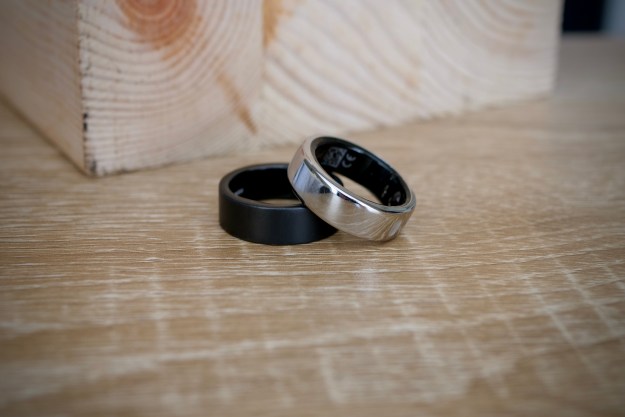Most of us are used to using a fingerprint for an assortment of verification processes, from unlocking our smartphones, to authenticating entry into buildings, or at passport control at the airport. Soon, you may also use your fingerprint to confirm purchases made in stores using a special MasterCard with a biometric reader built in to it. MasterCard has revealed the first card to use the technology — something it has worked on for several years — which has been undergoing tests in South Africa.
The way it works is simple, and will be familiar to anyone that has used Apple Pay or another mobile payment system. Put the biometric card into the payment terminal as usual, and keep your finger on the card’s reader. Provided everything matches up, the payment will be approved. This means you no longer have to enter a PIN, and never have to hand the card over to a cashier. Of course, the biometric authentication aspect won’t work for online purchases, and it’s not compatible with contactless payments.
Also, you won’t need to worry about fingerprints being stored in a cloud-based server. Remember, the card doesn’t have a data connection, so it compares a captured digital image of the print taken when the card is inserted into the terminal, with an encrypted digital template stored on the card itself that’s set up when you first get it. Moreover, the transaction still has to be separately approved by the bank, even when the prints match. Think of it as a direct replacement for your PIN number, and because there’s no need for special equipment on the retailer’s part, the new cards are compatible with most existing chip-and-PIN readers.

While fingerprints are considered more secure and more convenient than PINs and passwords, they’re not the ultimate in security. For example, research into so-called “master prints” that could trick sensors has been carried out recently, and there are concerns that even high-resolution images could be used to make fake fingerprints for criminal use.
MasterCard has been running trials of its biometric card in South Africa, seeing success at a supermarket and Absa Bank, which is a subsidiary of Barclays Africa. Over the next few months, further trials will take place in Europe and Asia, with a full launch expected before the end of the year.




